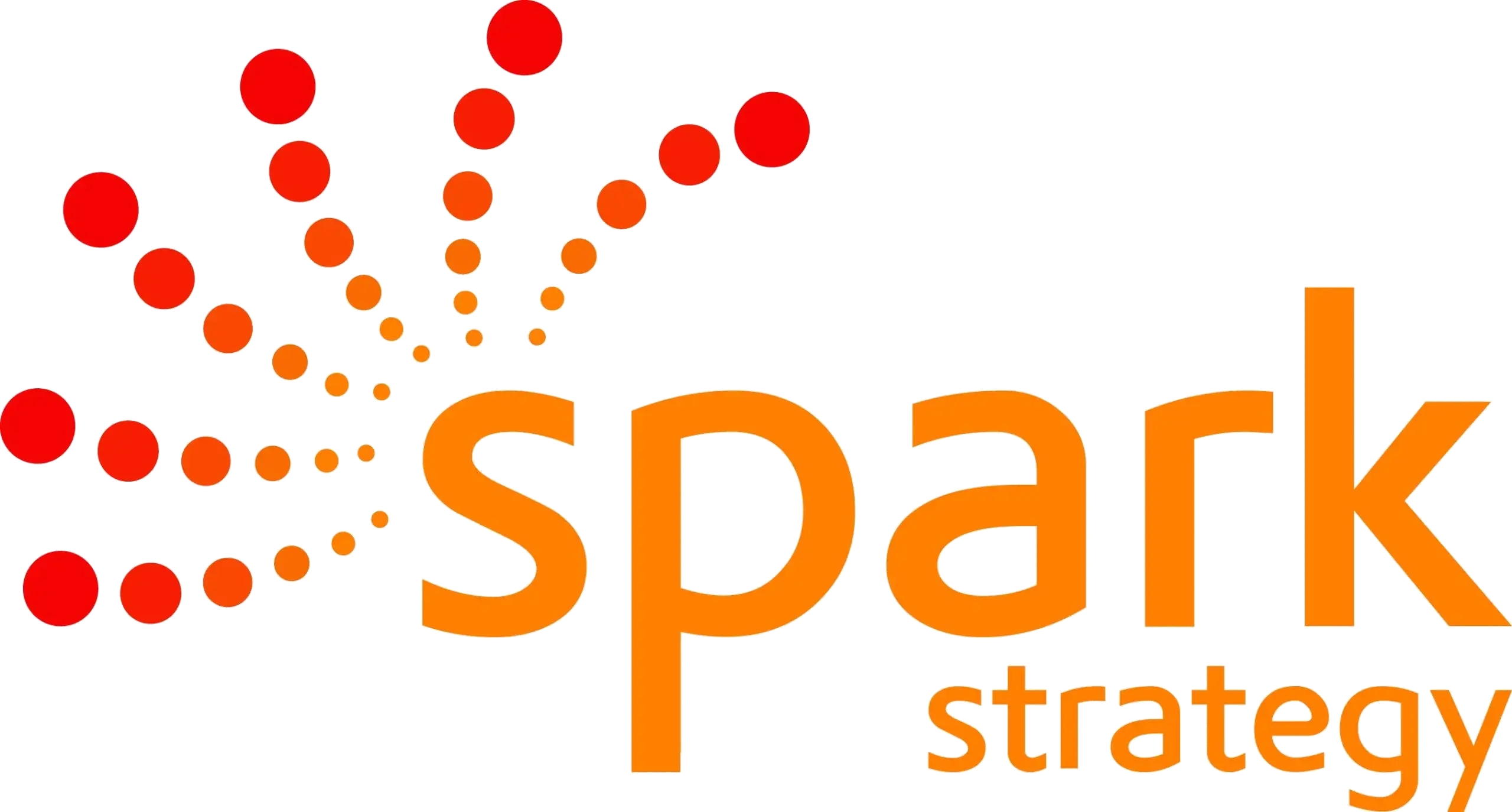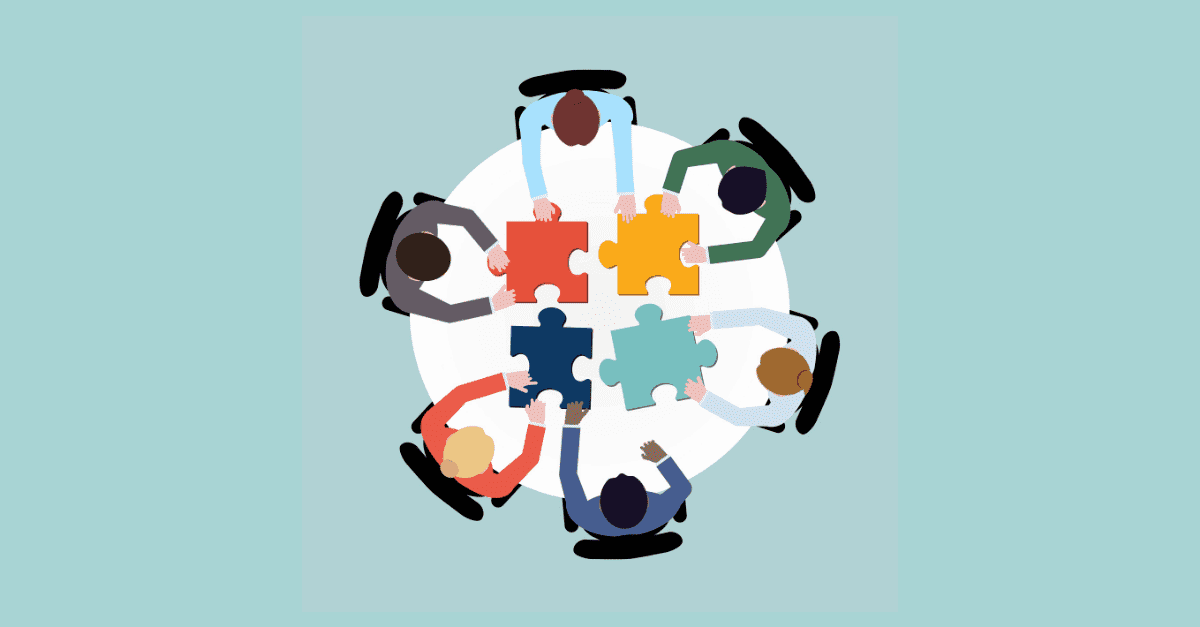Having recently finalised and released our second impact report, we’ve been musing on the complexities of defining and demonstrating the impact of intermediaries. So, if you work for or with an education provider, foundation, corporate, broker, lender, grant maker, philanthropic entity or a consultancy, this article is for you!
The social impact space is growing and evolving in Australia. Businesses are actively responding to individuals who are searching for new ways to leverage their purchasing power to positively contribute to society. Social enterprises are slowing entering the mainstream vernacular. Philanthropy is on trend. And there is a big push for greater not-for-profit transparency and accountability.
Broadly speaking, intermediaries – like Spark Strategy – are management support organisations that help organisations understand their key challenges and build their operational, governance and structural competencies to better create social impact. Transferring skills and knowledge, providing distribution and marketing channels, and accessing networks and finance, intermediaries play a critical role in strengthening the social impact ecosystem and facilitating positive social change. They include education providers, foundations, corporates, brokers, lenders, grant makers, philanthropists and consultancies.
As the social impact space becomes increasingly competitive, more intermediaries are inevitably popping up to take advantage of this new market opportunity. And we welcome this. Competition will increase the choice for motivated organisations that are looking for guidance and support on their impact journey and, in time (we hope), lead to a higher standard of service and innovation.
As this happens, it is important that intermediaries are honest about the true impact of their work and how they communicate it to the market. While it is difficult for not-for-profits working directly with beneficiaries to measure their impact, the issue becomes even more slippery when it comes to attributing impact to intermediaries, especially advisory organisations. Even if an outcome is obvious and has been measured, it would be lazy and inaccurate for an intermediary to trumpet the result as largely a result of their work.
As the social sector is forced to get craftier, simplifying attribution to a naive link between cause and effect will inevitably open the flood gates of public criticism. If we are being honest, detailed impact assessment methods (like those demanded of not-for-profits) are necessary to be able to truly attribute a social outcome to the work of an intermediary. However, these are expensive and can take a lot of effort – not exactly words anyone likes to hear.
While it is acceptable to argue that an intermediary’s work has contributed to a perceived change, this presents similarly challenging problems. Contribution is frequently used as an escape clause to avoid doing the exact thing intermediaries preach and expect from other organisations i.e. high quality social impact demonstration. Those that fall back on contribution, still need to understand the extent to which they’ve contributed. But this can be tricky. How do you assign a percentage to the extent to which an intermediary has contributed to a reduction in homelessness or recidivism or any social ill? For example, an intermediary is engaged to facilitate a co-design session with a not-for-profit which leads to the creation of a new permanent supportive housing idea for individuals living with disabilities. The solution is funded and implemented. It is a big success. What was the impact of the intermediary’s role in the perceived change? And how do you measure it?
Detailed impact assessment methods are rarely a sought-after option for intermediaries, however there are alternative tools and approaches that can be used to evaluate the value of their contributions. Methods that can be utilised range from qualitative approaches such as interviews, observation, focus groups etc. to quantitative approaches including meta-analysis and surveys. Consultants know this better than anyone. Whether they choose to employ them or not for their own organisation is the key question of this post.
Evaluation approaches, tools and methodologies are nothing new to the world of social impact, but their relevance has never been more important. What all this means is that there is an enormous opportunity for intermediaries to explore different, innovative approaches to measuring their social impact and thereby foster better social outcomes. After all, the rationale behind evaluating the effectiveness of intermediaries is not about virtue signalling. It is about making more informed decisions to achieve the biggest impact for our clients and their stakeholders.
As an intermediary thinking about demonstrating your social impact, a good starting point is to ask the following questions:
- What is the purpose of defining and demonstrating our impact?
- What is our theory of change?
- What kind of impacts do we want to/can we report?
- What information and data do we need? Is this qualitative and/or quantitative?
- How much work, time and money are we willing to invest?
- How and when might evaluation fit into our projects?
- What happens if we do nothing?
As Spark has grown, we have continually reflected on the impact we create as an organisation. Three years ago we fleshed out our first formal Theory of Change, which we review and update on an ongoing basis. We have now built this reflection out further into a Social Impact Framework, which helps us to better understand where we can have the most impact and to demonstrate our impact to our stakeholders. Following from this, our second Impact Report is now publicly available here. We plan to advance and improve this report year-on-year, and would love to hear your feedback on the latest iteration.
The issue of assigning impact to the work of intermediaries is complicated because, when it comes to social change, one entity can rarely take credit; success is often the result of some sort of collective action. There is a responsibility for intermediaries to acknowledge the attribution gap inherent in not only in their client’s work, but also their own. It is important to respectfully question, debate and challenge the role and conduct of all players, including yours truly, who are working towards positive social outcomes.
Time and time again, our extensive cross sector experience has shown us that working together is key to social change. With this in mind, we invite you to any share tools, ideas, and new practices to demonstrate social impact that you use or have come across so that we, as intermediaries, can more accurately assess our impact and at the same time more effectively serve the needs of our clients. If you are interested in better defining, demonstrating and understanding social impact in your organisation, or just need help finding meaningful indicators, get in touch and we can set up an informal coffee to talk through your needs. If you have tools or insights to share or questions to ask, please contact us at info@sparkstrategy.com.au.

